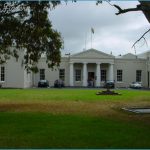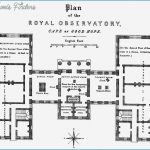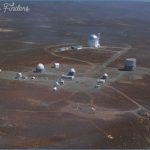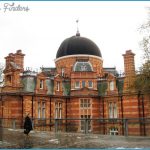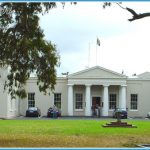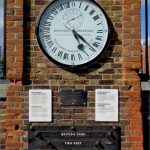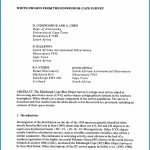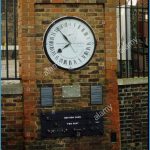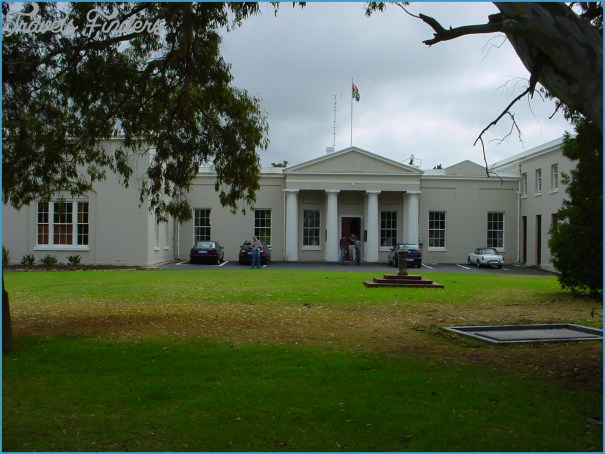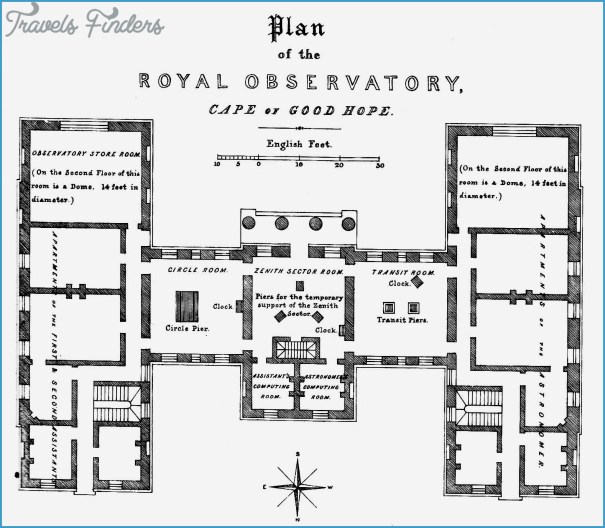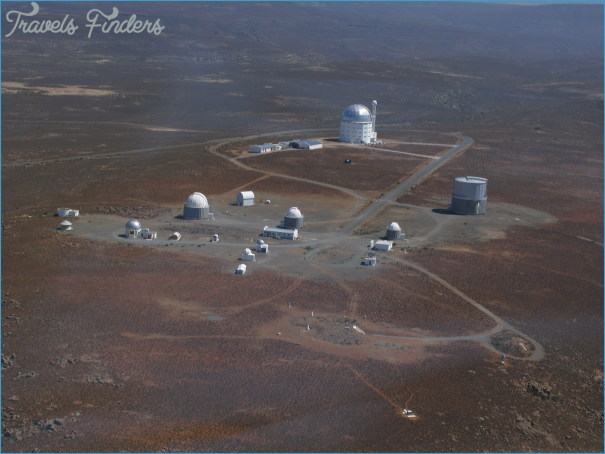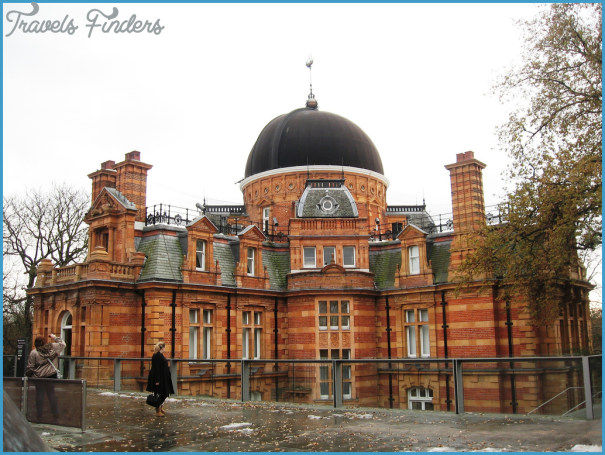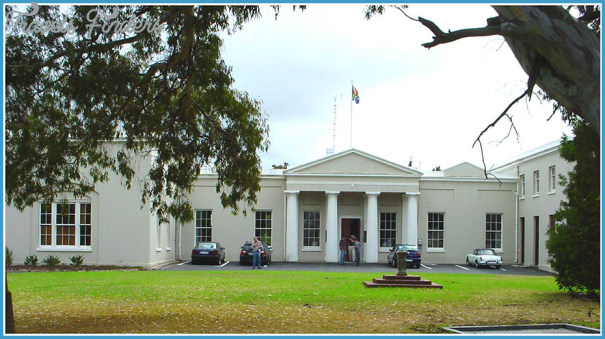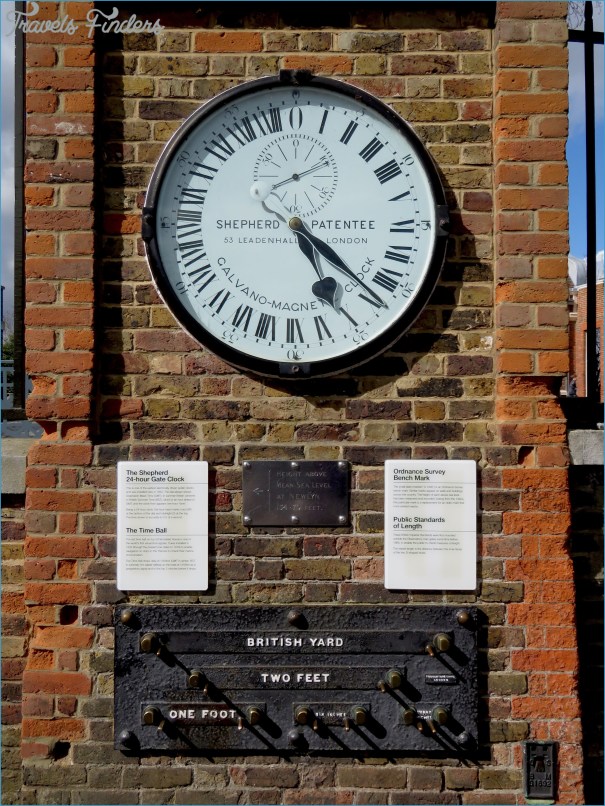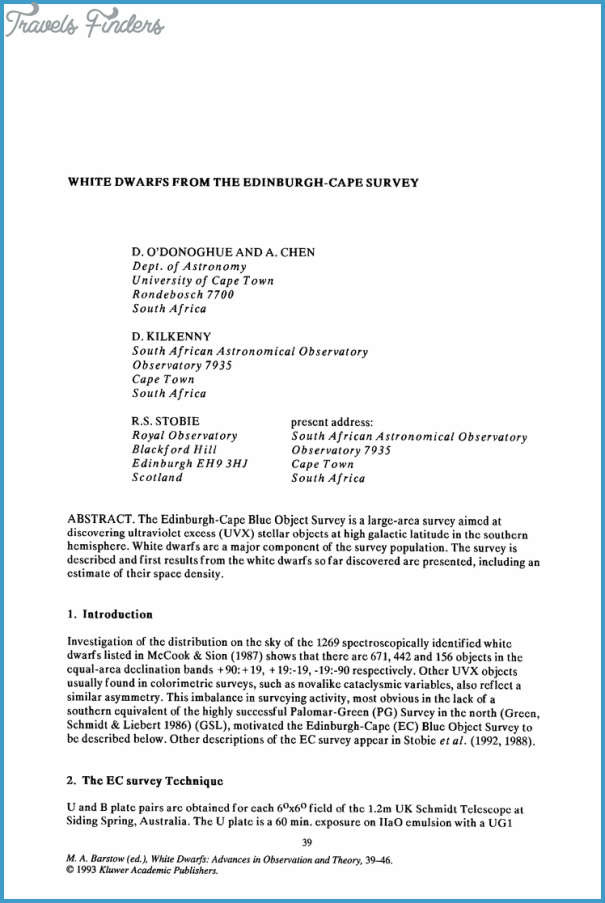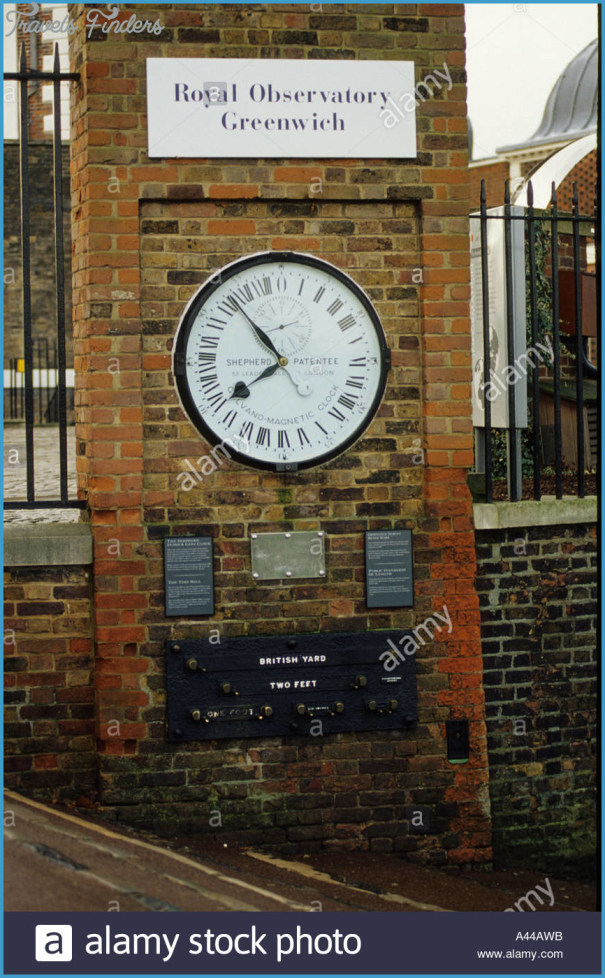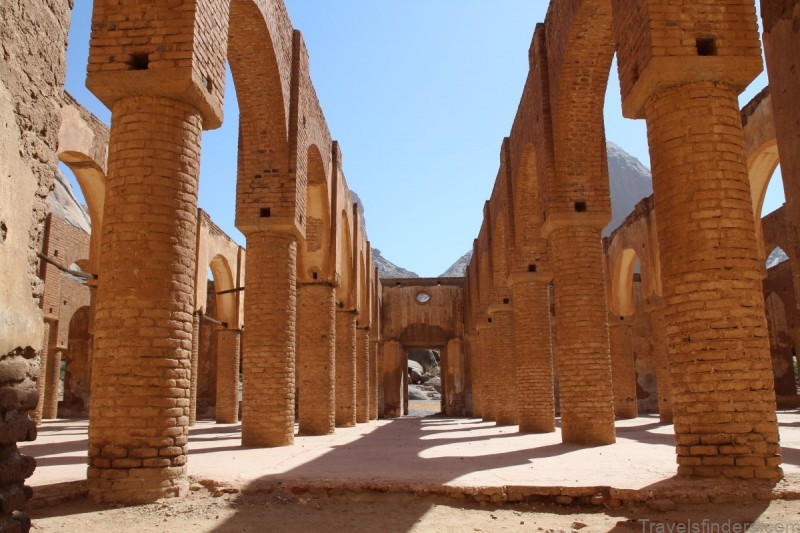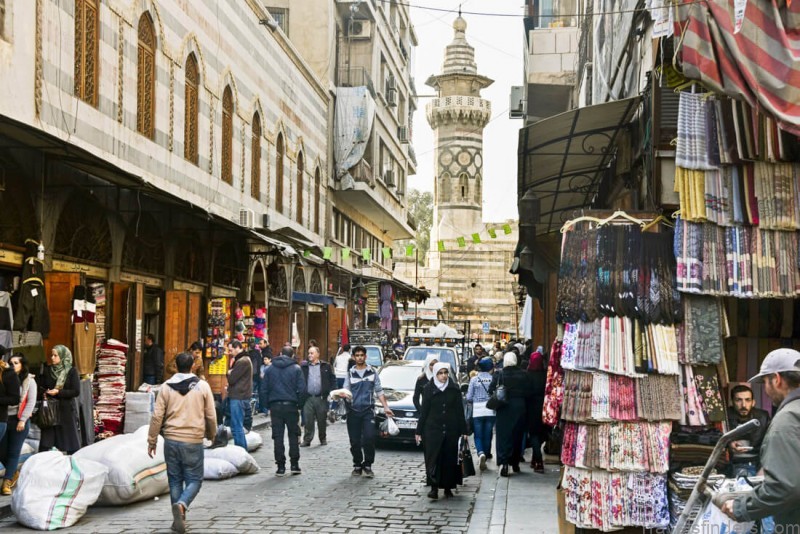The McClean telescope. The building in which it’s housed features a hydraulically operated floor, the intention being that the observer can stand or sit at a convenient height for looking through the telescope. There’s a reservoir which stores the hydraulic power at the entrance to the building.
Erything about the Royal Observatory is remarkable. Occupying a piece of land where, uniquely, the original ecology of the area has been preserved, it houses a collection of buildings made famous since its foundation in 1820 through the several important scientific advances that occurred in them.
By the turn of the century, the observatory was clearly established as the leader in the southern hemisphere – and easily equal to the best in the northern hemisphere.
ROYAL OBSERVATORY Observatory Cape Town Photo Gallery
In 1832, for example, the distance of a star, Alpha Centauri, was first measured here. In 1842, the first photographs in South Africa were taken by a chief assistant called Charles Piazzi Smyth. The post of Her Majesty’s astronomer at the Cape of Good Hope was awarded the Royal Medal on two occasions: the first to Thomas Maclear in 1869 for measurement of an arc of the meridian at the Cape of Good Hope and the second to David Gill in 1903 for researches in solar and stellar parallax, and his energetic direction of the Royal Observatory at the Cape of Good Hope. Between 1885 and 1890 the first sky survey to be undertaken through photography was conducted here. Here, too, Gill’s value for the distance between the Earth and the Sun, the fundamental unit of length in astronomy against which all other distances are measured, was determined and was regarded as the best available for 45 years.
The buildings themselves are remarkable. The main building, with its neoclassical entrance, was designed by the British naval architect, John Rennie, and completed in 1828 – the first building in South Africa to be constructed in the Greek Revival style. Today it’s missing its original domes. Elsewhere on the property, Herbert Baker’s McClean telescope building survives and features a hydraulically operated rising floor.
The Royal Observatory was founded a few years after the Cape became a British colony, at the instigation of the British astronomical community. It was created by an Order of King George IV in 1820 and was controlled by the Royal Navy. Its purpose was to find accurate star positions and provide a reliable time service to aid the navigation of ships. Today, it is the headquarters of the South African Astronomical Observatory, formed in 1972, and also of the Southern African Large Telescope Foundation, an international partnership. Most of the 19th-century telescopes are still in place and some of them are still used on public open nights to demonstrate astronomical objects. Telescopes that remain more-or-less in operating order include the photoheliograph of 1878, the 6-inch telescope of 1882, the 13-inch Astrographic telescope of 1889, the 24-inch McClean telescope of 1897 and the 18-inch telescope of 1955. In fact, the latter instrument was used well into the 1990s by the late AWJ Cousins to set up precise stellar brightness standards that are still in use worldwide.
Because the city’s sky has now become so bright, the best telescopes have been moved to Sutherland.
The McClean Observatory Building, designed by Herbert Baker.

